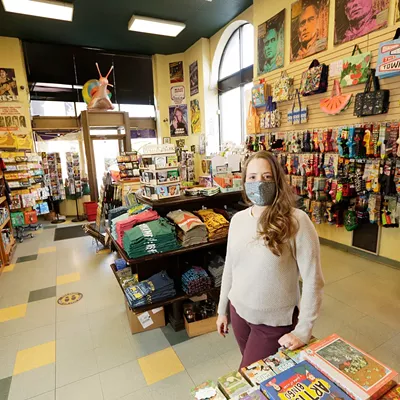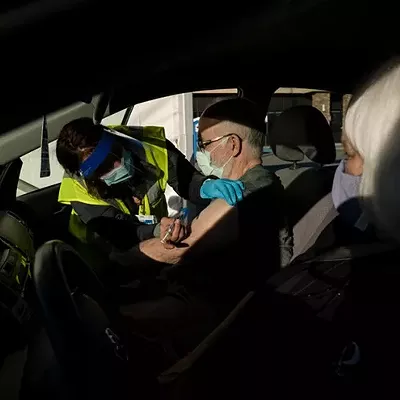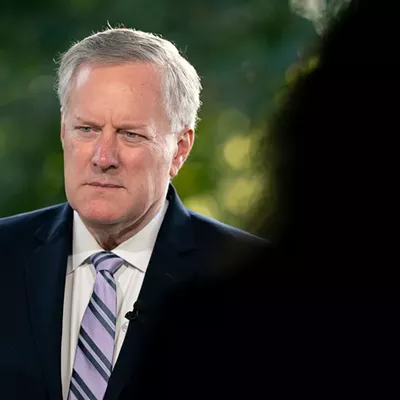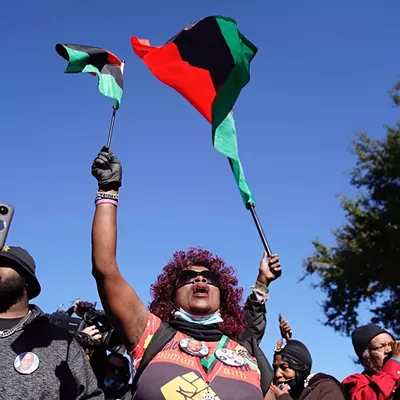
By Abby Goodnough and Jan Hoffman
The New York Times
Striking a compromise between two high-risk population groups, a panel advising the Centers for Disease Control and Prevention voted Sunday to recommend that people 75 and older be next in line to receive the coronavirus vaccine in the United States, along with about 30 million “front-line essential workers,” such as emergency responders, teachers and grocery store employees.
The debate about who should receive the vaccine in these early months has grown increasingly urgent as the daily tally of cases has swelled to numbers unimaginable even weeks ago. The country has already begun vaccinating health care workers, and on Monday, CVS and Walgreens are to begin a mass inoculation campaign at the nation’s nursing homes and long-term care facilities. This week roughly 6 million doses of the newly authorized Moderna vaccine are to start arriving at more than 3,700 locations around the country, including many smaller and rural hospitals.
The panel of doctors and public health experts had previously indicated it would recommend a much broader group of Americans defined as essential workers — about 90 million people with jobs designated by a division of the Department of Homeland Security as critical to keeping society functioning — as the next priority population and that older people who live independently should come later.
But in hours of discussion Sunday, the committee members concluded that given the limited initial supply of vaccine and the higher COVID-19 death rate among older Americans, it made more sense to allow the oldest among them to go next, along with workers whose jobs put them "at substantially higher risk of exposure" to the virus.
Other types of essential workers, such as construction and restaurant workers, would qualify for a third wave of prioritization under the panel’s recommendations. The committee members acknowledged that they could not determine a timeline for that next group because they did not know how much demand there would be for the vaccine among the earlier priority groups.
Together, the two groups number about 51 million people. Federal health officials have estimated that there could be enough vaccine supply to inoculate 100 million people before the end of February.


















